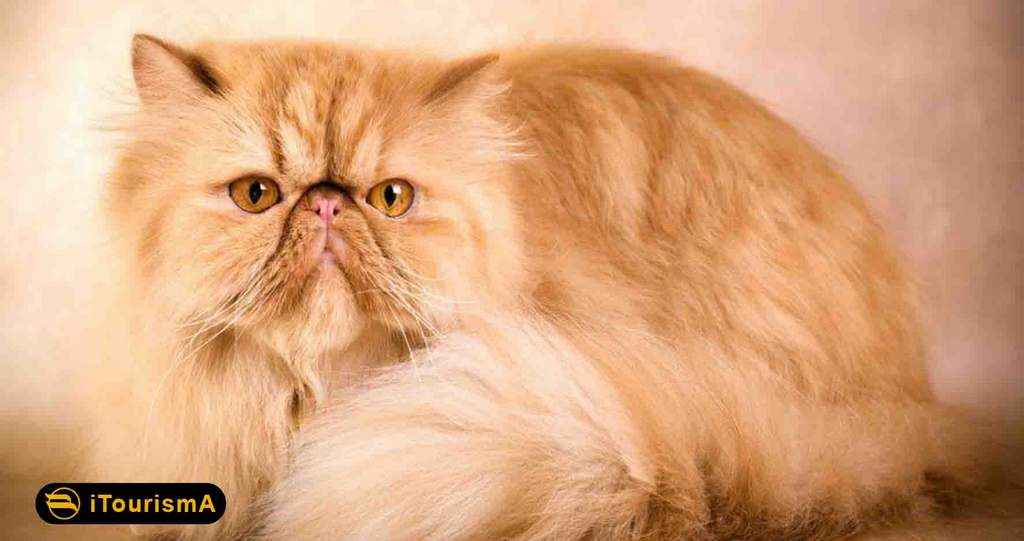Persian Cat
Persian World states that although the history of where this cat originated may be sketchy, breeding programs for Persians began in Italy and France as far back as the 16th Century. The breeding program advanced further and the development of the Persian as known today began in Great Britain. Persians were entered in the first cat shows in Great Britain in the 1800s, and they were a popular pet at the time. By the early 1900s, Americans began to import Persians into the United States. The Persian is usually a medium sized cat, although she is massive and heavily boned. With her masses of fur, she can appear larger than she really is. While there is no particular weight range the Persian should fall in, these cats should be full bodied and balanced. The Persian is an extreme-looking breed. The body is short, but thick with thick legs and a short, thick neck. The tail is short and the ears are small. The head is round with large, round eyes. When viewed in profile her face is flat and the nose changes direction so that what is seen is mostly the colored flesh on her nose.

The coat on a Persian is thick, full and long. It is fine, but should be lustrous and glossy. The ideal Persian coat has a fine texture and is long, thick and glossy. Variety is truly the spice of life when it comes to coat colors. This breed is divided into no less than seven separate coat color groups, with plenty of choices in each. You can find Persian cats in just about every solid color including black, blue, chocolate, red, lilac, cream and white. Most solid colors are accompanied by copper eyes, except for white Persians that either have copper, blue, or odd-eyes.
A Persian’s head is easily its most distinctive feature. It’s larger and generally rounder than that of the average cat, with large, round, wide-set eyes and a sweet expression. The ears are fairly small with rounded tips, and they should be set wide apart and tilted slightly forward. The cheeks are also quite round, and the short nose appears to be aligned with the eyes. Some Persian cats have the traditional “doll face” whereas others have a flatter face that is sometimes called “Peke face” because it’s like a Pekingese dog. The flat face Persians tend to be more popular at cat shows but also tend to have more health problems than doll face Persians.

